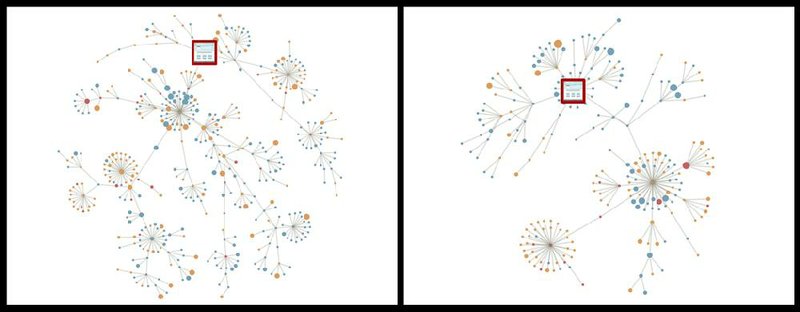NEW YORK -- The contrast between mainstream and fringe news sites isn't just about content. A Web analytics firm has found clear differences in their underlying advertising technology.
While the content on fringe news sites may be out of the mainstream -- from made-up stories to ones with a grain of truth twisted to fit hyper-partisan views -- the technology used to track readers and show them ads isn't. It doesn't appear that advertisers are shunning fringe news sites the way they do with pornography and gambling.
Fringe sites, however, tend to be less sophisticated in their advertising. For instance, fringe sites typically aren't as good about employing tools to maximize ad revenue by auctioning spots to the highest bidder, according to the study from New-York based Mezzobit. Instead, they generally tap run-of-the-mill services from ad networks like Google's and Facebook's.
One reason? While mainstream sites need to make a lot of money -- it's more expensive to fund actual journalism than to make things up out of thin air -- fringe sites "can make money with just a small footprint," said David Carroll, professor of media design at the Parsons School of Design in New York. Carroll, who is not affiliated with Mezzobit, was given an overview of the report.
"This is how propaganda operates," Carroll said. "Propaganda is not a direct economic business -- it's [a] politically motivated media practice."
To compare fringe and mainstream news sites the week of Dec. 5, Mezzobit used a list of fringe sites created by Jonathan Albright, a professor who studies data journalism at Elon University in North Carolina. Albright calls the fringe sites "hyper-biased" propaganda.
For a mainstream comparison, Mezzobit used a list from Amazon's Alexa that tracks the top news sites on the Web; the list is comparable with other ranking systems such as comScore's.
The differences in the ad-tech footprints of mainstream and fringe news sites are similar to differences between large and small businesses, said Joseph Galarneau, Mezzobit's CEO and co-founder.
"A lot of the fringe sites looked a lot more sparse," he said. They had fewer tracking cookies and fewer links to outside sites and content. As a result, they were also 8 percent faster to load than the mainstream sites.
Carroll said he was more troubled by the similarities between mainstream and fringe sites.
"It's all legitimate ad-tech companies legitimizing this," he said of fringe sites.
Google says it will prohibit its ads from being placed on "misrepresentative content," though it doesn't explicitly single out "fake news" as part of this. Facebook has said it bans fake news articles that it knows about -- though not entire sites -- from its advertising network.
In practice, Carroll said "all the standard" ad-tech companies that make money from mainstream sites "are used to monetize illegitimate news sites." So, while they are not directly profiting, the technology they license to other companies is used on the sites.
"This presents a really challenging problem to the industry and to advertisers," he said. "The report shows plenty of exposure from Facebook and Google and the rest of the industry to this stuff."
SundayMonday Business on 01/02/2017
